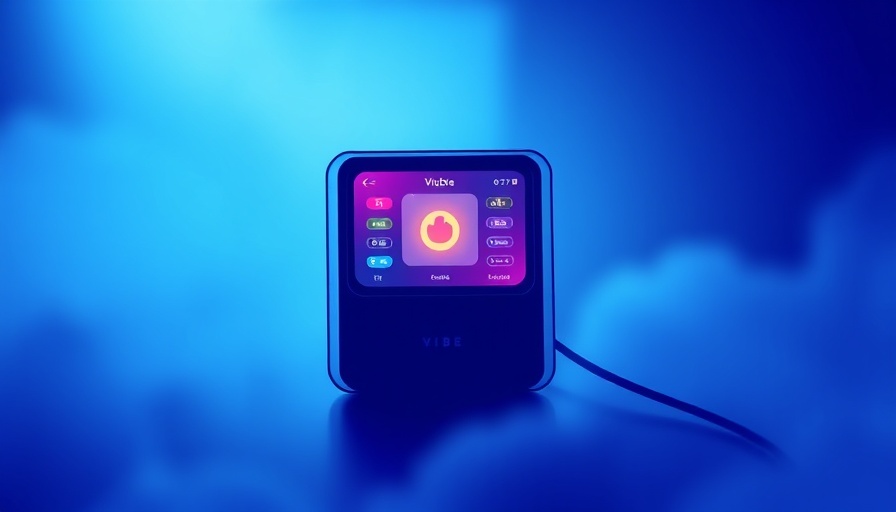
What is Vibe Coding and Why Does It Matter?
Vibe coding is transforming the way software is created, allowing individuals, even without traditional coding skills, to build applications simply by conceptualizing their ideas. Coined by AI researcher Andrej Karpathy, the term encapsulates a method where users can communicate their needs to AI tools, which then generate code to bring those ideas to life. Deepgram's recent launch of Vibe Coder exemplifies this trend, providing a seamless integration within popular coding environments like VS Code, Cursor, and Windsurf.
AI-Powered Empowerment for Non-Coders
This innovation is especially significant for executive-level decision-makers at mid to large companies who are exploring AI's potential to scale business growth. By facilitating software development through user-friendly interfaces, corporate teams can shift their focus from the complexities of coding to the strategic development of solutions tailored to their needs. A testament to this approach is found in a recent article from the New York Times, where even a non-coder successfully built applications merely by leveraging AI through vibe coding.
The Impact on Business Productivity
The introduction of Vibe Coder can dramatically enhance productivity, making it possible for teams to prototype and iterate solutions quickly without the bottlenecks typically associated with traditional coding. This method aligns with the needs of tech-savvy businesses facing urgent demands for innovative solutions, thereby facilitating rapid market responses. The need for agility in today’s business landscape cannot be overstated, and tools like Vibe Coder are key enablers of such agility.
Exploring Other Vibecoding Tools
Beyond Vibe Coder, a variety of tools exist that support vibecoding solutions. As highlighted in a Medium article, tools such as OpenAI's Codex and various natural language processing platforms empower users to transform simple ideas into functional software. These platforms democratize programming, allowing businesses to harness the creativity of diverse teams without requiring extensive technical expertise.
Future Implications of Vibecoding in Tech
The rise of vibe coding hints at a broader trend where the lines between user intent and software solution become blurred. This shift may ultimately lead to a new breed of developers who focus more on ideas than on traditional coding languages. As AI technology continues to evolve, it’s plausible to predict that even more intuitive tools will emerge, making software creation increasingly accessible to everyone.
For executives and leaders, embracing tools like Vibe Coder can foster a culture of innovation within their teams. Understanding this technology isn’t just about adopting a new tool; it’s about rethinking how businesses solve problems and fulfill customer needs.
Why You Should Explore Vibe Coder
As businesses navigate the complexities of the digital age, the ability to rapidly produce software solutions can provide a significant competitive edge. Vibe Coders not only equip your team with an efficient way to build products but also create opportunities for novel ideas to materialize. If you’re considering how AI can bolster your growth strategy, tools like Vibe Coder are worth exploring.
 Add Row
Add Row  Add
Add 




Write A Comment